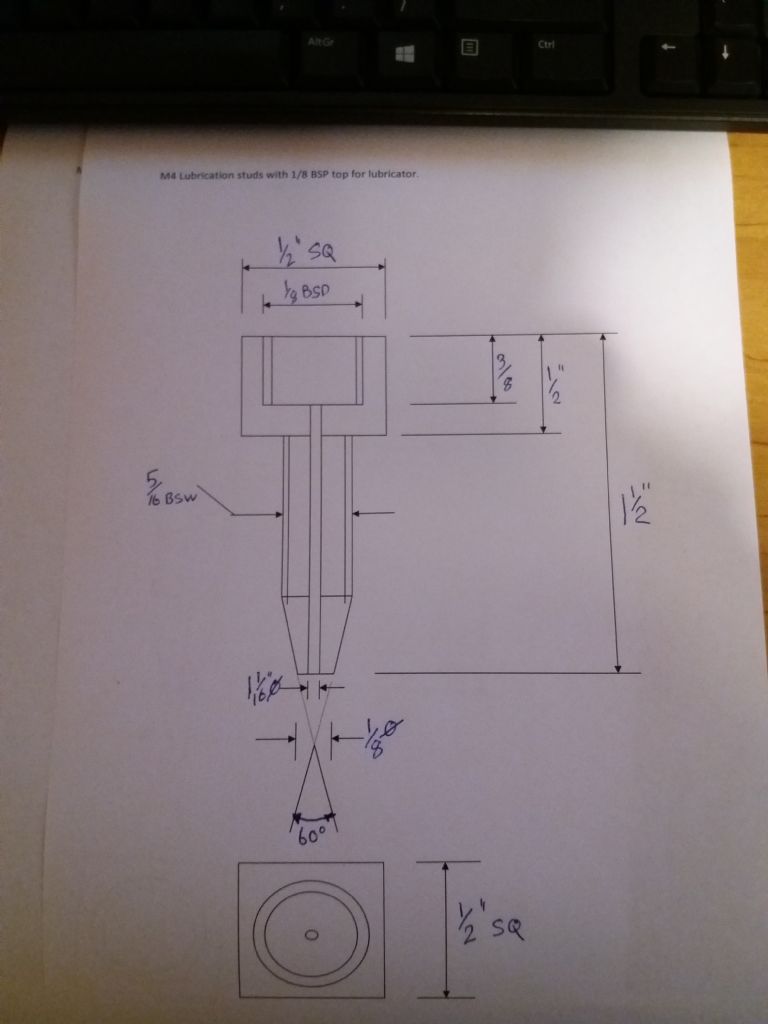A couple of things to consider re putting roller thrust bearing at the chuck end as shown pop into mind. (Edit: Although I see on going back over this old thread that is has been done already with success by some.)
One is the ingress of swarf into the roller bearing behind the chuck. There is no seal and no room to put one. This could quickly wreck the bearing and negate any possible gains.
The other is that putting the thrust bearing at the chuck end would move the spindle toward the tailstock by the thickness of the bearing and its two flat ground washers. That's quite a bit. So well worn shafts in well worn bearings may not like the disturbance.
I'd leave the thrust bearing in its original location at the far end of the operation. It's hard to imagine the spindle flexing enough under axial compression to create chatter. When I replaced my original with a modern roller bearing, I used washers to make it the same thickness as the original bearing so the shaft stayed in the exact same location so the journals and bearings interfaced as they always did for the past 80+ years.
Then add the second roller thrust bearing on the outer end if you feel it's needed. It seems to have greatly improved the lathe for most who have tried it. Sadly I did not notice any great difference, but my lathe bearings and bed and gibs etc were all in very good condition and adjusted up just so and chatter was not a great problem anyhow.
For me, adjusting the headstock bearings every now and again seems to be critical on this lathe, and adjusting them so they lock up without the pinch bolts then turn the pinch bolts in until the spindle just rotates with barely, barely perceptible drag. So a little on the tight side in other words. It helps a lot too, to pull out the bearings and clean all the crud and burrs off the little keystone pieces and the slots in the bearings they fit into, so they are free to move unhindered. Likewise, cleaning up the angled noses of the pinch bolts.
This bearing adjustment seems, on mine, to have more influence on chatter than spindle end float and thrust bearings. But on machines with 80 years of wear it is certain to vary from machine to machine. I think mine had the bed remachined/scraped by a PO and the bearings relined with whitemetal so is probably not typical of the breed.
Edited By Hopper on 24/06/2018 02:55:49
Edited By Hopper on 24/06/2018 03:10:07
Charles Crowther-Smith.





